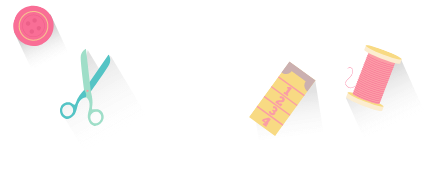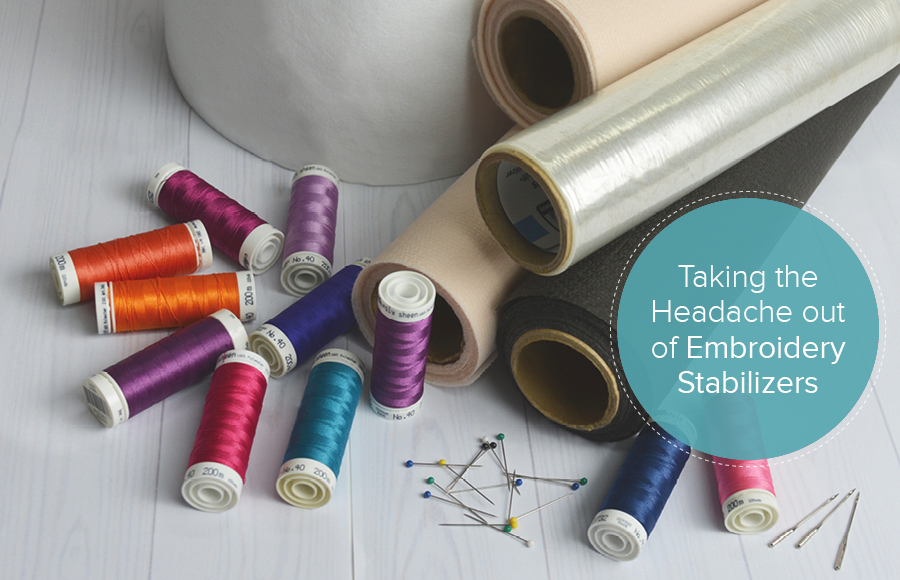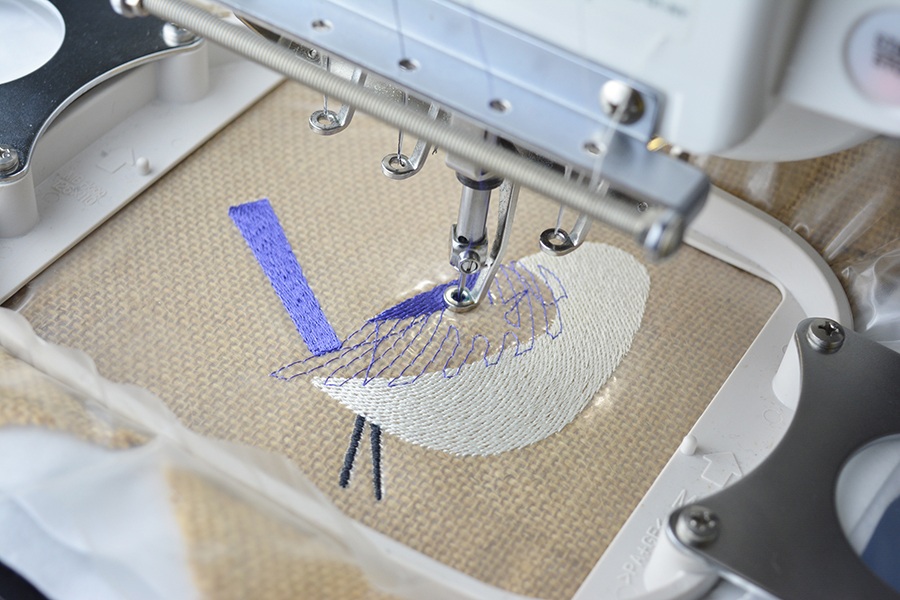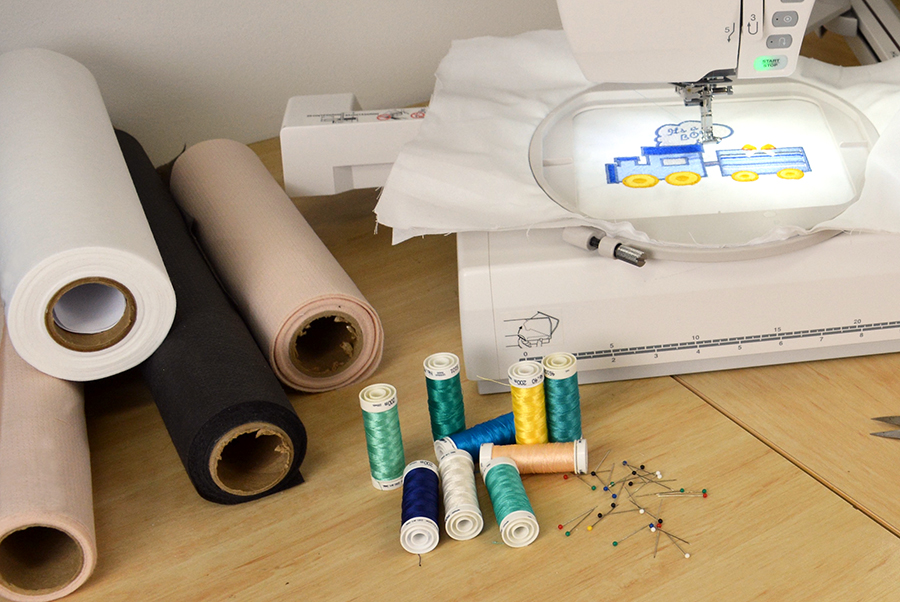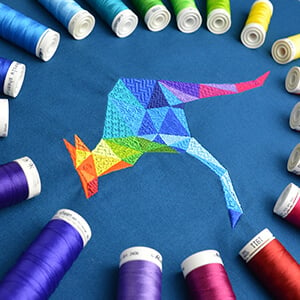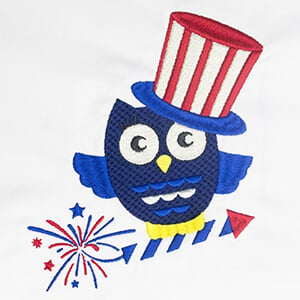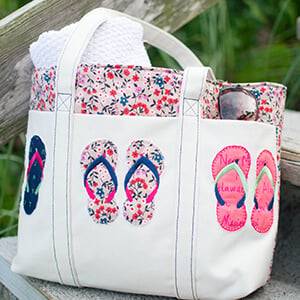Categories
Taking the Headache out of Embroidery Stabilizers
Listen to this interesting Hatch Blog
Audio generated by DropInBlog's Blog Voice AI™ may have slight pronunciation nuances. Learn more
Taking the Headache out of Embroidery Stabilizers
Taking the Headache out of Embroidery Stabilizers
Taking the Headache out of Embroidery Stabilizers
Taking the Headache out of Embroidery Stabilizers
Taking the Headache out of Embroidery Stabilizers
